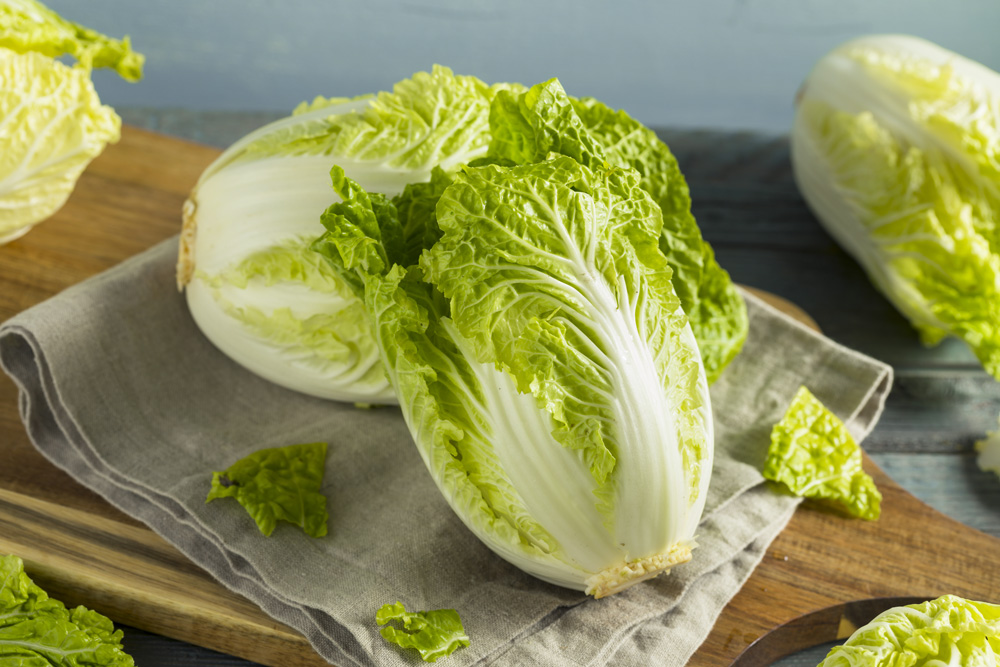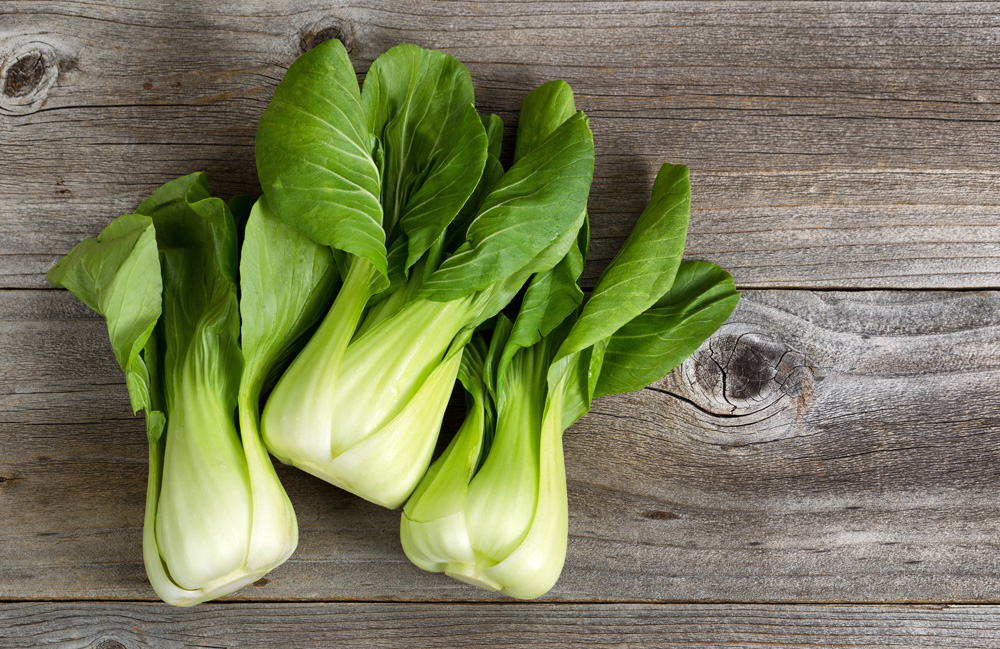Perk Up with 6 Tasteful Malaysian Drinks
Lighten your mood and rejuvenate your senses with 6 must-try Malaysian drinks!
Discover the authentic in Asian cuisine food

It’s autumn, and that means Asian greens are in season. Gai lan, bok choi, wombok, it’s all at its crispest, greenest and tastiest. It’s also a great time to look at how you can grow some of your own at home. Growing veggies is way less work and effort than many people think. True, you do need some space, but a big planter box is more than sufficient for most veggies. Here, we give you some tips on how best to grow your own, with an Asian twist.
Asian vegies are readily available in supermarkets, but there’s nothing like picking them fresh from your garden. They can be easily grown in winter, but if your area is prone to frost, they may need some protection. Sow the seeds in late summer and autumn (February – March) for winter and spring harvesting, and then repeat for Autumn. Seedlings tend to run to seed (or bolt) if transplanted, so sow directly into the garden.
Asian veggies thrive in a fertile, well-drained soil. Make sure to dig in plenty of compost or manure and blood and bone before planting. Make shallow grooves (no more than 1cm deep and about 30cm apart) and sow the seeds sparsely along each. Cover the seeds back over with soil, and stagger you planting for continuous crops.
When the seedlings are big enough to handle, thin them to about 20cm apart (except for wombok seedlings, which need to be thinned to 30–40cm apart). Water all your plants regularly and keep the area free of weeds. Apply a liquid fertiliser every two to three weeks. Most of these vegetables rot quicky, so harvest as soon as they’re ready.
Here’s a few more tips on a few popular varietals to help you grow a bumper crop.




Lighten your mood and rejuvenate your senses with 6 must-try Malaysian drinks!

Pair your hearty barbecues with these refreshing Asian delights!

What are the properties of ginger, and how to pick, store and use ginger in your cooking? Find out here!